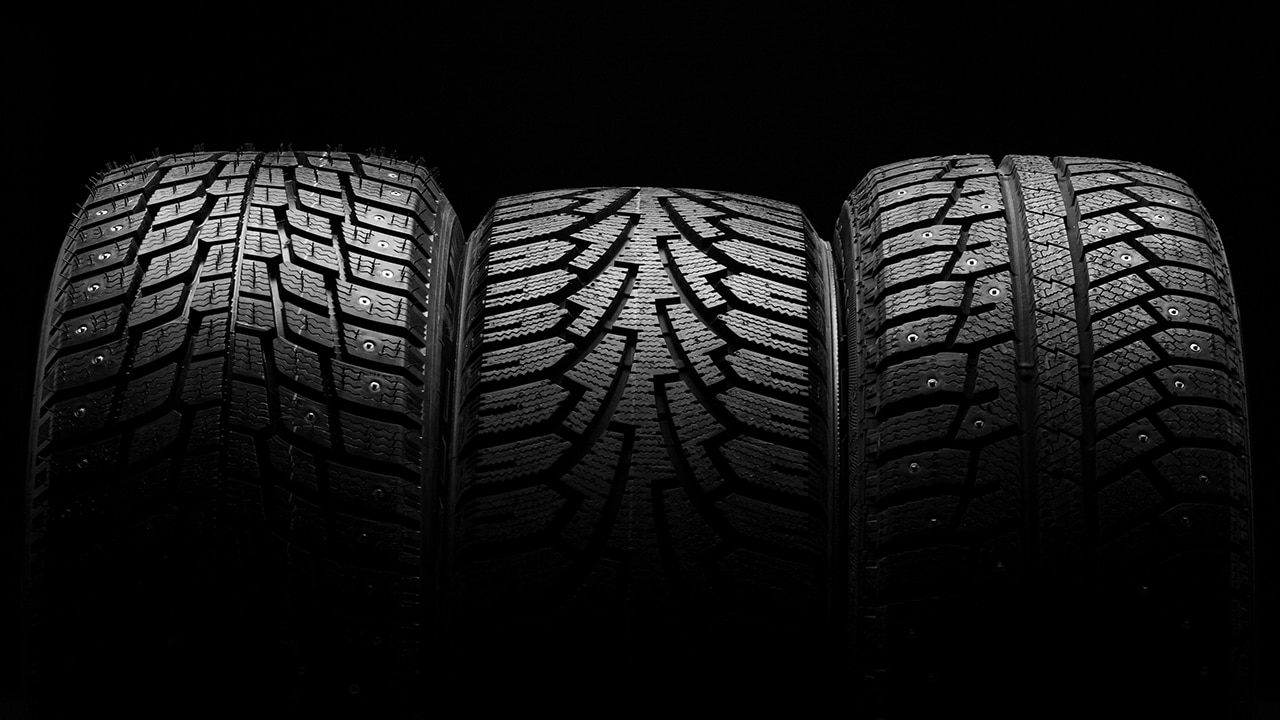All Categories
Featured
Table of Contents
The Michelin provided a comfortable driving experience, qualified by receptive steering and a modern understeer equilibrium. In spite of the cooler testing problems, Michelin's regular time and grip over three laps indicates its viability for real-world applications.
The tyre's first lap was a 2nd slower than the second, directing to a temperature-related grip rise. For everyday usage, the Michelin might be a more secure bet.
Best Premium Tyre Selection Near Me (Caversham WA)
It shared Michelin's risk-free understeer equilibrium but lacked the latter's willingness to transform. Continental and Goodyear's efficiencies were noteworthy, with Continental's new PremiumContact 7 showing a significant improvement in damp problems compared to its precursor, the PC6. This design was far less delicate to pack adjustments and acted a lot like the Michelin, albeit with slightly less interaction at the restriction.
It integrated the safe understeer balance of the Michelin and Continental with some flashy handling, verifying both foreseeable and fast. As an all-rounder for this Golf GTI, Goodyear's Crooked array was the standout, demonstrating remarkable performance in the damp. Lastly, the Bridgestone Potenza Sporting activity took the crown as the fastest tire, albeit by a little margin.
This tire got grippier as it heated up, comparable to the Yokohama. Motorists looking for an exciting damp drive may discover this tyre worth considering. The standout performer in wet braking was the most recent tire on examination, the PremiumContact 7, though the results are nuanced. We conducted wet stopping tests in three different methods, two times at the new state and as soon as at the worn state.
Tyre Sales Near Me – Caversham
Ideally, we desired the chilly temperature examination to be at around 5-7C, but logistical hold-ups suggested we examined with an average air temperature level of 8C and water at 12C. While this was cooler than standard examination conditions, it was still warmer than real-world problems. The warm temperature test was done at approximately 18C air and 19C water.
The third run included wet stopping tests on worn tyres, specifically those machined to 2mm with a little altercation. While we intended to do more with these used tires, weather restrictions limited our testing. It's worth keeping in mind that damp braking is most important at the used state, as tires typically improve in completely dry problems as they use.

Bridgestone, Goodyear, and Michelin saw the least efficiency decrease when worn. The Hankook tyre registered the tiniest performance decline as temperatures cooled, however it was amongst the most influenced when used.
Leading Cheap Car Tyres Near Me
The take-home message below is that no single tyre excelled in all elements of wet braking, indicating a complicated interaction of factors influencing tyre performance under various problems. There was a standout tire in aquaplaning, the Continental ended up top in both straight and curved aquaplaning, with the Michelin and Goodyear likewise excellent in much deeper water.

Yokohama can gain from somewhat even more grasp, a concern potentially affected by the cooler conditions. As for dealing with, all tires carried out within a 2% array on the lap, showing their high-grade efficiency (Tyre servicing). Taking into consideration these tyres essentially target the same customer, it's intriguing to observe the significant differences in feeling.
The shock is since the PremiumContact 6 was among my favourites for stylish dry drives, but its follower, the PremiumContact 7, seems elder and appears like Michelin's efficiency. Amongst these, Hankook was the least specific in guiding and communication at the restriction. Tyre upgrades. Both Michelin and Continental provided beautiful preliminary guiding, albeit not the fastest
If I were to recommend a tyre for a quick lap to an amateur, claim my dad, it would certainly be one of these. We have the 'fun' tires, particularly Yokohama and Bridgestone. Both were speedy to guide and really felt sportier than the others, yet the compromise is a more playful back end, making them much more tough to take care of.
Honest Tyre Warranty (Caversham)
It provided comparable guiding to Bridgestone however supplied much better comments at the restriction and much better grip. The Bridgestone Potenza Sport, however, seemed to degrade quite swiftly after just 3 laps on this requiring circuit. Last but not least, there's Goodyear, which placed itself somewhere between the fun tires and those often tending towards understeer.
All in all, these tires are excellent performers. For roadway use, I 'd lean towards either the Michelin or Goodyear, depending upon your certain preferences. In terms of tyre wear, the technique made use of in this examination is what the sector describes as the 'gold criterion' of wear. The wear professionals at Dekra performed this examination, which involved a convoy of autos going across a thoroughly intended route for 12,000 kilometres.
Both the Bridgestone and Yokohama tires dramatically underperformed in comparison to the various other four tires in terms of rolling resistance, with Continental slightly outmatching the rest. Pertaining to the convenience level of the tyres, as prepared for, a lot of showed an inverse correlation with handling. The Continental, Michelin, and Goodyear tyres carried out best throughout numerous surface area types evaluated.

Bridgestone began to reveal signs of firmness, while Yokohama was especially disconcerting over pockets. We did determine interior sound degrees; nonetheless, as is usually the case, the results were very closely matched, and as a result of weather restrictions, we were incapable to conduct a subjective assessment of the tyres sound. Lastly, we looked at abrasion figures, which measure the amount of tyre walk shed per kilometre, normalised to a one-tonne car.
Best Tyre And Wheel Services – Caversham WA
This number stands for the amount of rubber dirt your tires generate while driving. Michelin led in this classification, producing over 9% less rubber particulate matter.
Latest Posts
Best Wheel Alignment Near Me
Top Tyre Care Near Me – Bassendean
Affordable Performance Tyres Near Me ( Swan 6055 WA)